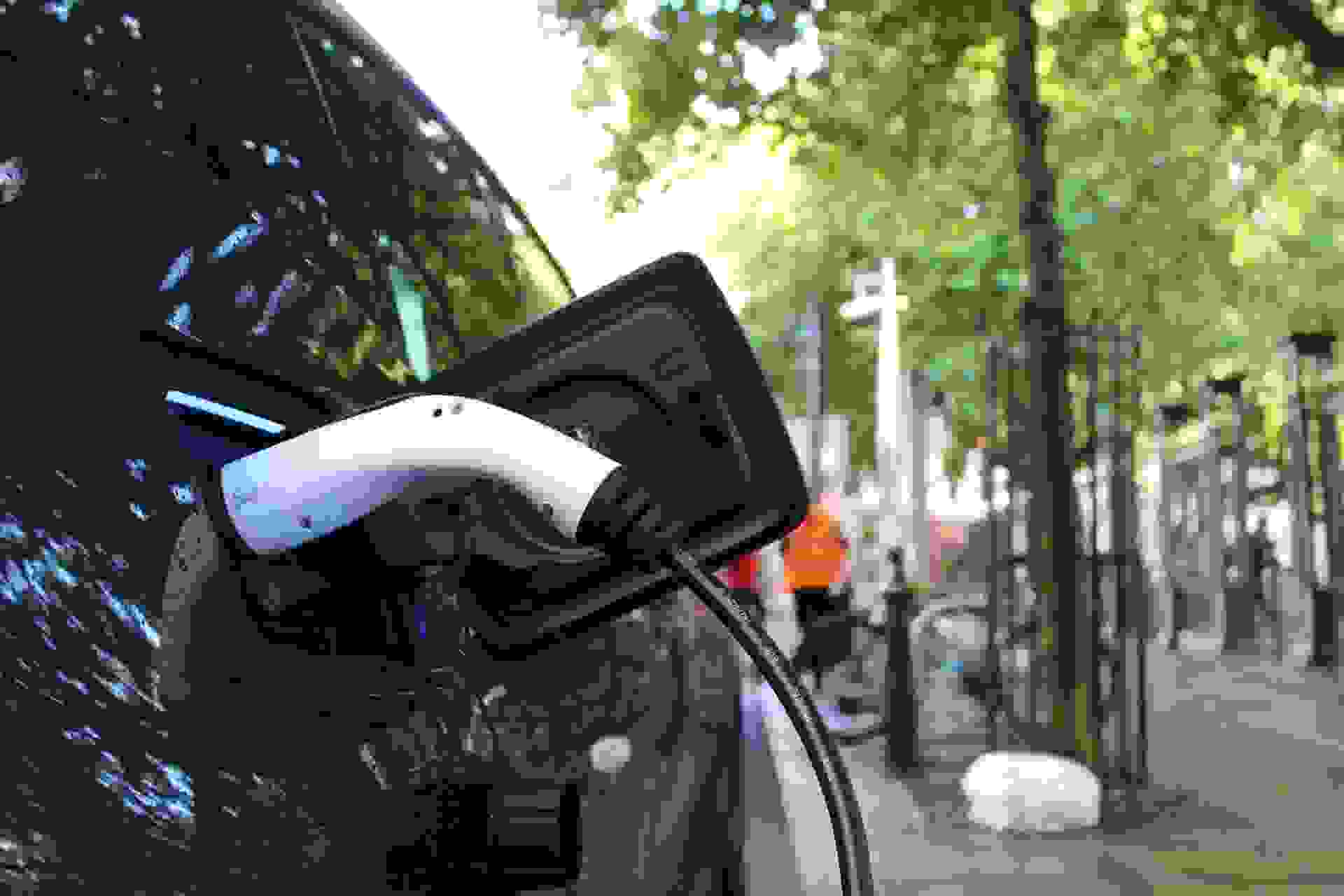In the debate about the mass shift to electric vehicles
, you often hear about the drain EVs will create on the power grid. “We don’t have the capacity!” the critics will say. But the reality isn’t actually that simple. In fact, because of how EVs use the energy they need, they have the potential to help avoid brownouts and blackouts.
Jerry
, your car insurance super app
, dug a little deeper into the way electric cars use the power grid to help you understand why the transition to EVs will likely be smoother than you think.The problem with the “power grid” critique against EVs
Electric vehicles need energy, and it’s true that in order to change the whole country’s transportation to electric, we’ll need to produce—and store—more electricity.
But in an article for Forbes
, ClariNet founder and robocar expert Brad Templeton explains why the worry that our power grid won’t be able to withstand such a change is mostly based on a misunderstanding of how the grid and EV charging works. For one thing, peak use times like the middle of a hot day drain the grid because of a high demand for power—not energy.
Lights, heat, and air conditioners immediately use the energy they take from the grid and convert it into power. But because EVs convert energy already stored in their batteries into the power they need to run, they can easily avoid contributing to these power shortages.
Taking advantage of low-use hours for charging will help offset power use and mitigate shortages, but EVs offer more benefits to the grid than that, especially when paired with private solar panels.
How solar power and electric cars make a great couple
Solar power isn’t perfect. The amount of energy we can absorb from the sun depends on the time of day and the weather, an issue that doesn’t affect other sources of electricity. But the energy from the sun is better than any other in one regard—it’s cheap to collect and use.
No one can afford their own nuclear reactor, but many homeowners can afford to install a few solar panels to power their homes and cars. This gives them a unique advantage in times of power shortages that can be increased if they own an electric car.
Templeton says a future power grid, if designed correctly, could incentivize EV and solar panel owners to sell their stored energy back to the grid during power shortages, thereby alleviating the issue.
MORE: Tesla Powerwalls Could Be Used to Help Lessen the Strain on the Electrical Grid As EV Use Rises
What does it cost to own an EV and charge it with solar panels?
The ideas presented by Templeton are cheap by national and state standards, but on an individual level, the initial investment for a system that charges an EV using solar energy is pretty expensive.
Charging a modern electric vehicle like a Tesla requires eight to 10 solar panels, which costs around $10,000. Electric cars remain more expensive than regular vehicles on average as well, and those high values also keep car insurance
premiums up. But if you’re willing to make the shift and you’re looking to save on coverage, the Jerry app is a good place to start. A licensed broker that offers end-to-end support, the Jerry app gathers affordable quotes, helps you switch plans, and can even help you cancel your old policy.

